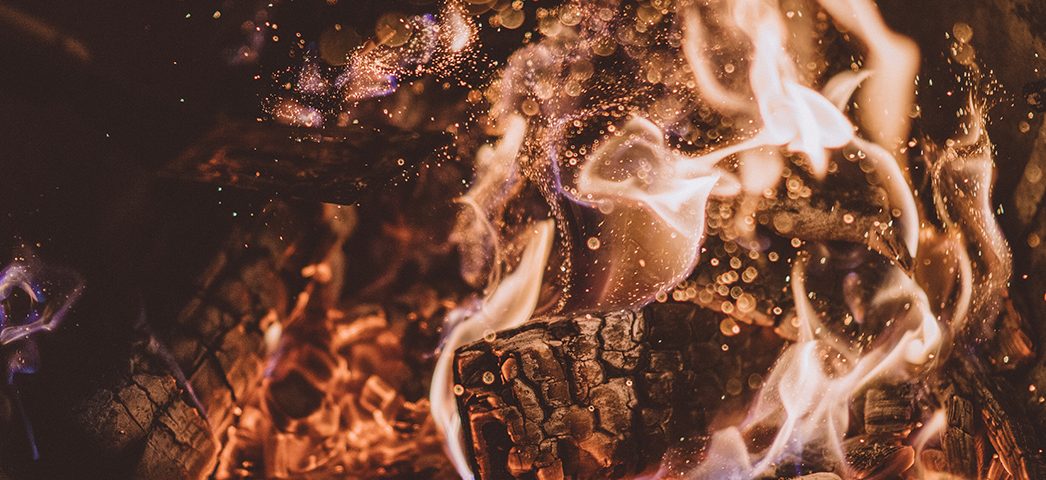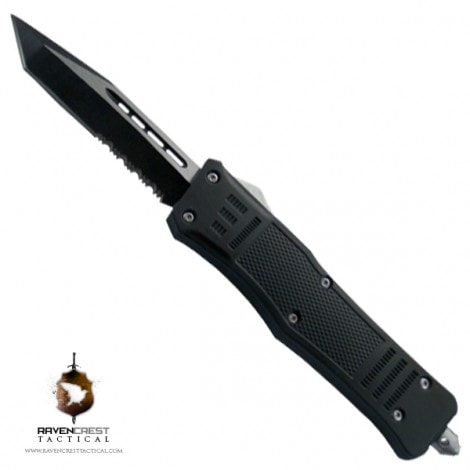In part 1 of our series on how to start a fire, we went over how to use a knife to create useable planks of wood out of a large log. These planks are the long term fuel for your fire. In this article we are going to go over how to prepare your kindling, or quick ignite material that will actually start your fire. Then we will go over how to ignite that kindling and start a fire.
Tools Needed:
1. Knife
2. Flint / Magnesium Striker
Step 1 : Find your Kindling
Most locations are going to have some sort of dry material to use as kindling, so this step shouldn’t be too labor intensive. Dry leaves, dry branches, dry tree bark works great as kindling. The goal is to get dry “quick igniting” material. You want material that is going to catch on fire right away. If you can’t find anything suitable, a swatch of cloth or clothing will also do.

Step 2 : Prepare your Kindling
This step is simply bunching your kindling together in a way that keeps it in a tight and compact formation.

Step 3: Shave Magnesium Filings onto your Kindling
For this step you need to have a magnesium flint stone like the one you can find on our firestarter paracord bracelets.
Having a fire starting tool like this is extremely useful in a survival scenario, because it allows you to skip so many tedious steps. Generating a spark is a lot harder than it looks and it is a fact that with no spark you get no fire. Having a tool like this makes generating a spark extremely easy. We recommend anytime you camp, fish, hunt, hike travel that you carry a “shortcut” way to start a fire like our firestarter paracord bracelet.

On our bracelets we have a “rake” that will allow you to shave off the magnesium, but if you have a knife it makes the process quicker and allows you to easily make larger slices of magnesium which increases the chances of your fire starting up the first time. Again a knife isn’t required to shave the magnesium off of our bracelets, it just makes it easier.

Take the edge of your knife and firmly press it against the magnesium striker. While still holding the magnesium striker firmly, slowly grind the edge of the knife up and down again the magnesium striker so that it creates slivers or flakes of the magnesium metal. Do this over your kindling so that the flakes or slivers accumulate on your kindling. You will want to be careful because if you grind the edge of the blade against the magnesium too fast it will generate a spark and possibly prematurely start your fire. How much magnesium you need is dependent upon the type of kindling you have. For our example we had pretty dry twigs and some dry leaves so it did not take much.
The magnesium shavings will act as a sparking accelerator for your fire, so try to keep the shavings bunched together in one central area. This will make the magnesium much more effective. Also make sure that the area you put your magnesium shavings on has the driest kindling available.
Step 4: Spark it Up
Once you have setup your kindling and added your magnesium shavings, it is time to add the spark to the fuel. The goal would be to hit your magnesium shavings with the sparks you generate from your magnesium stone. Once the magnesium shavings are hit with a spark, they will begin to pop, spark and ignite anything combustible that is around it.

To generate sparks, firmly hold the magnesium in one hand while in the other hand quickly rake the edge of your knife against the magnesium stone. This friction will generate large volumes of sparks. If you miss your target keep raking, the faster and harder you rake the magnesium the more sparks you will generate. **NOTE** Please be extremely safe when raking your knife against your magnesium. Be aware of your fingers and keep your hands safe.
Once again our firestarter paracord bracelets have a built in abrasive rake that will also allow you to create sparks without the knife.

There you have go, it is really that easy. With these 2 simple EDC tools you can legitimately start a fire in under 30 minutes.



